A Spicy Journey Through Global Flavors: The Ultimate Guide to Bowl Bibimbap
Table of Contents
Introduction to Bowl Bibimbap
Bowl bibimbap is more than just a Korean dish—it's a vibrant, colorful, and spicy celebration of flavors. Literally meaning 'mixed vegetables,' this iconic Korean meal features a mix of seasoned vegetables, meat, and rice, all topped with a spicy gochujang (red pepper paste) sauce. But what makes it truly special is how it blends global spice traditions into one delicious bowl.

From the smoky heat of Indian garam masala to the bold umami of Japanese miso, the world’s spices have influenced how we cook and enjoy this beloved dish. Whether you're a spice enthusiast or a professional chef, understanding the global roots of bowl bibimbap can open up new culinary possibilities.
Global Spice Traditions and Their Influence on Bowl Bibimbap
Spices are the soul of any cuisine, and their influence on bowl bibimbap is undeniable. Let's take a quick tour around the world to see how different spice traditions have shaped this dish:
The Heat of Asia
Asian spices like gochujang, Sichuan peppercorns, and Thai chili paste bring a fiery kick that defines the essence of bowl bibimbap. Gochujang, in particular, is a staple in Korean cooking and gives the dish its signature red color and bold flavor.
The Warmth of the Middle East
Spices like cumin, coriander, and turmeric from the Middle East have found their way into many global cuisines, including Korean-inspired dishes. These warm, earthy flavors add depth and complexity to the vegetable medley in bowl bibimbap.
The Aroma of the Americas
While not as common in traditional Korean cooking, spices like paprika and chili powder from the Americas have been creatively used in modern interpretations of bibimbap. These ingredients add a smoky or sweet dimension that enhances the overall taste profile.
The Sweetness of the East
Spices such as star anise, cinnamon, and cloves—often found in Chinese and Indian cuisines—can be subtly incorporated into the broth or seasoning of bowl bibimbap. They add a layer of sweetness and warmth that balances the spiciness of the gochujang.

By blending these diverse spice traditions, bowl bibimbap becomes a true global dish. It's not just about mixing vegetables—it's about creating a harmony of flavors that tells a story of cultural exchange and culinary creativity.
Practical Tips for Cooking and Enjoying Bowl Bibimbap
Whether you're a beginner or an experienced cook, here are some practical tips to help you make the perfect bowl bibimbap:
- Use Fresh Vegetables: Fresh, crisp vegetables like spinach, zucchini, carrots, and mushrooms are essential for the best texture and flavor.
- Season Well: Don't skip the gochujang! It adds the signature spicy-sweet flavor that makes bibimbap so addictive.
- Choose the Right Rice: Short-grain white rice is ideal because it holds together well and absorbs the flavors of the toppings.
- Customize Your Toppings: Feel free to add protein like beef, chicken, or tofu to make it more substantial.
- Experiment with Sauces: Try adding sesame oil, soy sauce, or even a bit of sriracha for extra flavor.
- Enjoy with a Side of Kimchi: No bowl bibimbap is complete without a side of kimchi for that extra punch of flavor and crunch.
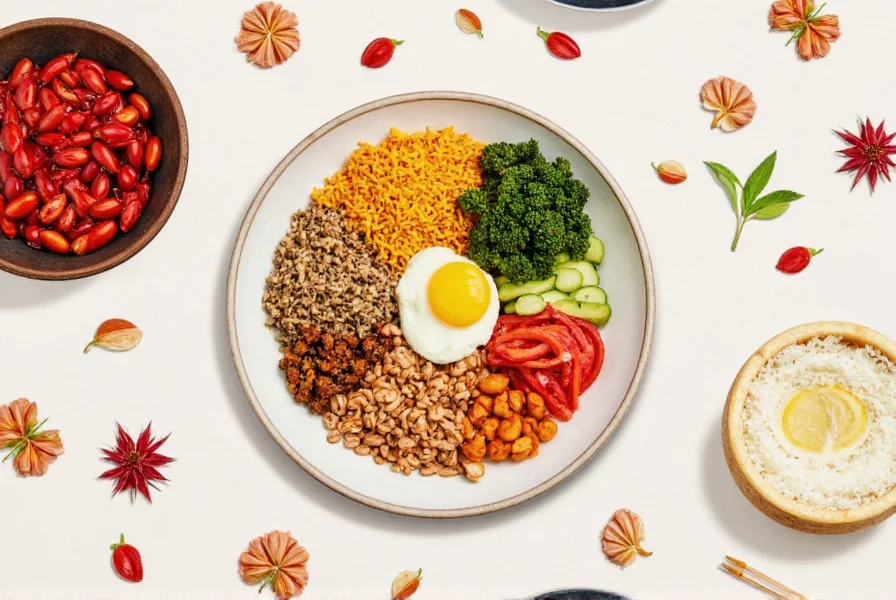
One of the most enjoyable parts of bowl bibimbap is the way it's served—colorful, interactive, and customizable. Each bite is a surprise, making it a fun and engaging meal for both kids and adults alike.
Buying Guide: Finding the Best Ingredients for Bowl Bibimbap
To create the perfect bowl bibimbap, you need quality ingredients. Here's a guide to help you choose the best items:
1. Gochujang (Korean Red Pepper Paste)
Features: Thick, fermented paste made from red chili peppers, glutinous rice, and salt.
Advantages: Adds depth, heat, and umami to your dish.
Use Cases: Ideal for marinating meat, making sauces, or mixing directly into the rice.
Target Audience: Anyone looking to add authentic Korean flavor to their meals.
Suitable Occasions: Weeknight dinners, Korean-themed gatherings, or casual lunches.

2. Korean Rice (Short-Grain White Rice)
Features: Sticky and slightly sweet, with a soft texture.
Advantages: Holds up well when mixed with other ingredients.
Use Cases: Base for bowl bibimbap, sushi, or other Korean dishes.
Target Audience: Home cooks and food enthusiasts who want to recreate authentic Korean meals.
Suitable Occasions: Family dinners, potlucks, or dinner parties.
3. Vegetables
Features: Fresh, seasonal vegetables like spinach, bean sprouts, zucchini, and mushrooms.
Advantages: Add color, crunch, and nutrition to your dish.
Use Cases: Used as toppings or mixed into the rice.
Target Audience: Health-conscious individuals and those who love colorful meals.
Suitable Occasions: Light lunches, healthy dinners, or vegetarian meals.
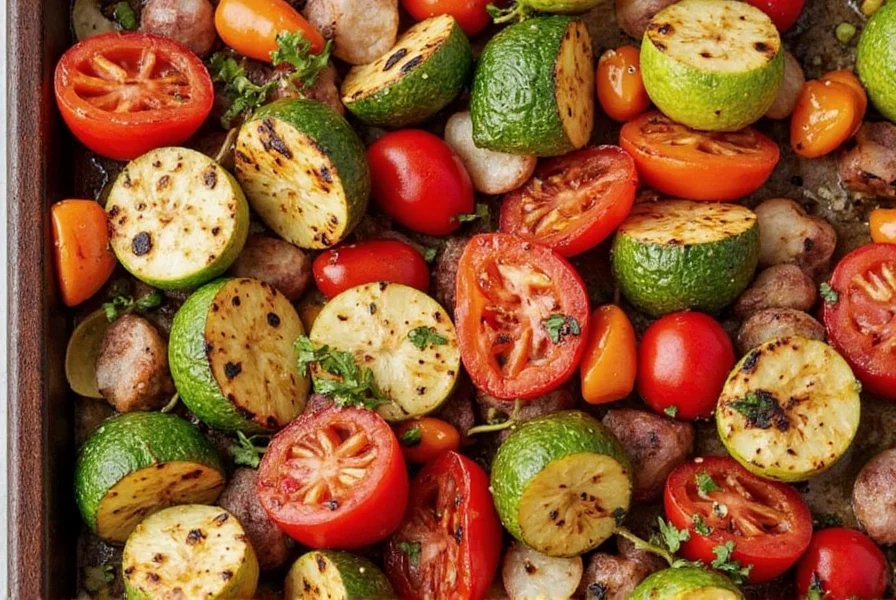
4. Sesame Oil
Features: Nutty, aromatic oil made from toasted sesame seeds.
Advantages: Enhances the flavor and aroma of your dish.
Use Cases: Drizzle over the finished dish or use in dressings.
Target Audience: Those who appreciate subtle, rich flavors.
Suitable Occasions: Special occasions, gourmet meals, or as a finishing touch.
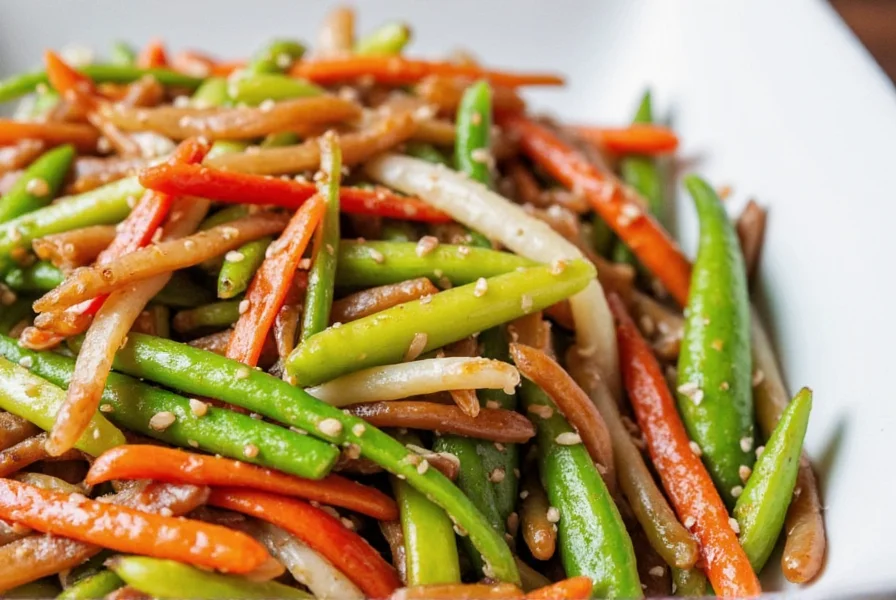
5. Kimchi
Features: Fermented cabbage with chili, garlic, and ginger.
Advantages: Adds tanginess, heat, and probiotics.
Use Cases: Serve as a side or mix into the rice.
Target Audience: Fans of Korean cuisine and health-focused eaters.
Suitable Occasions: Any meal where you want a spicy, flavorful kick.
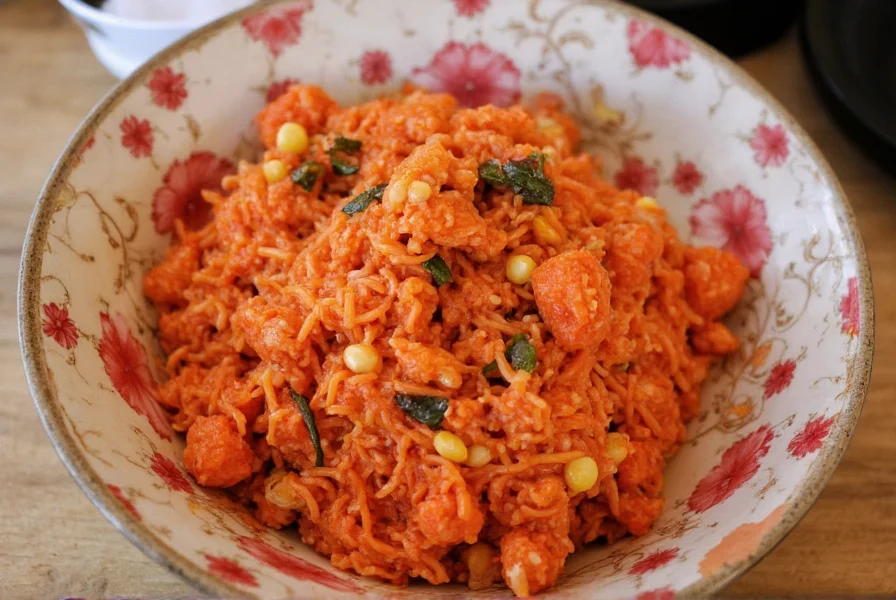
The key to great bowl bibimbap is balance—between heat, texture, and flavor. By choosing the right ingredients, you can elevate your dish and enjoy the full range of global spice traditions.
Conclusion
Bowl bibimbap is more than just a dish; it's a testament to the power of global spice traditions. From the smoky depth of gochujang to the aromatic warmth of Middle Eastern spices, each ingredient tells a story of cultural fusion and culinary innovation. Whether you're cooking at home or exploring new flavors in a restaurant, there's always something new to discover in this vibrant, spicy meal.
So next time you sit down to a bowl of bibimbap, take a moment to appreciate the journey of spices that brought it to your plate. And remember—when it comes to food, the world is your kitchen.
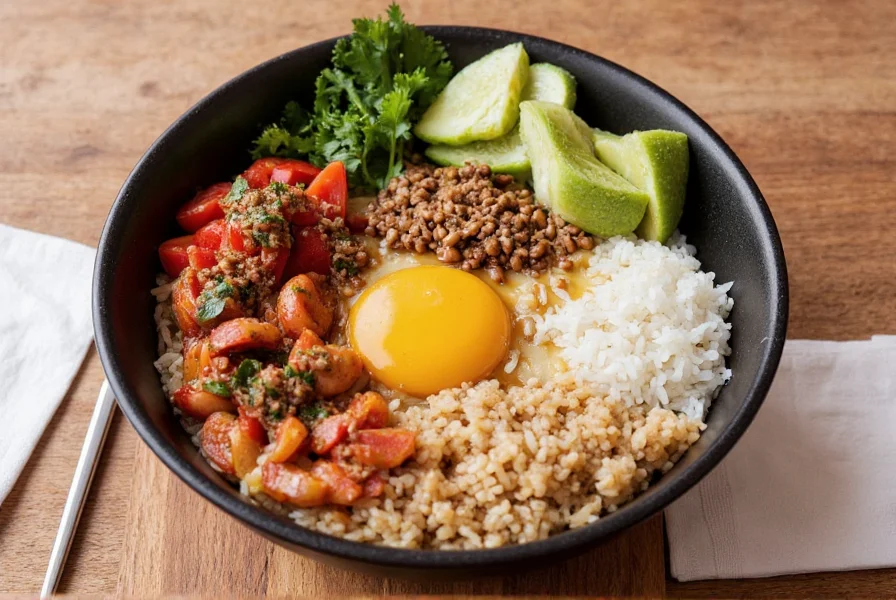










 浙公网安备
33010002000092号
浙公网安备
33010002000092号 浙B2-20120091-4
浙B2-20120091-4